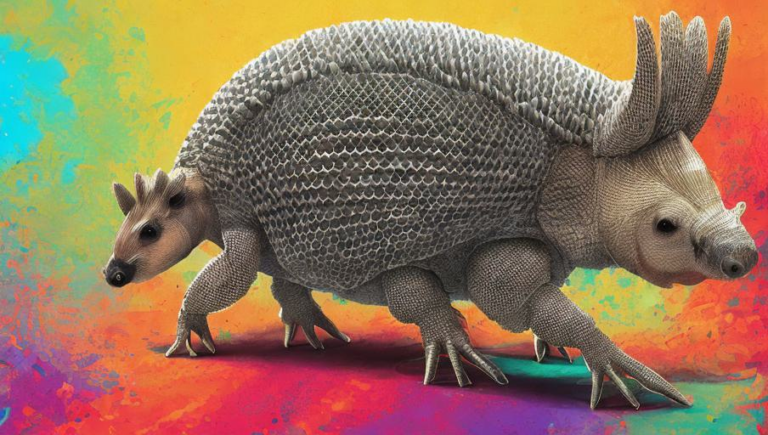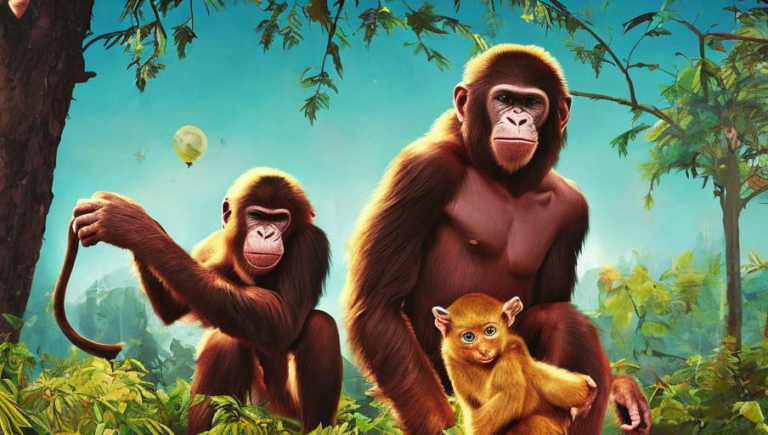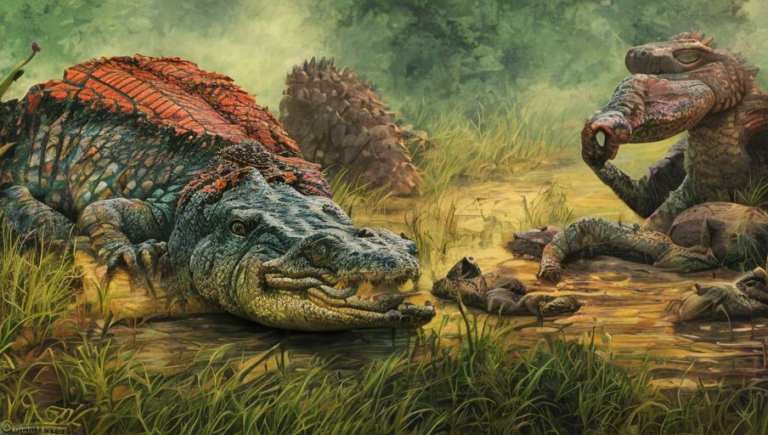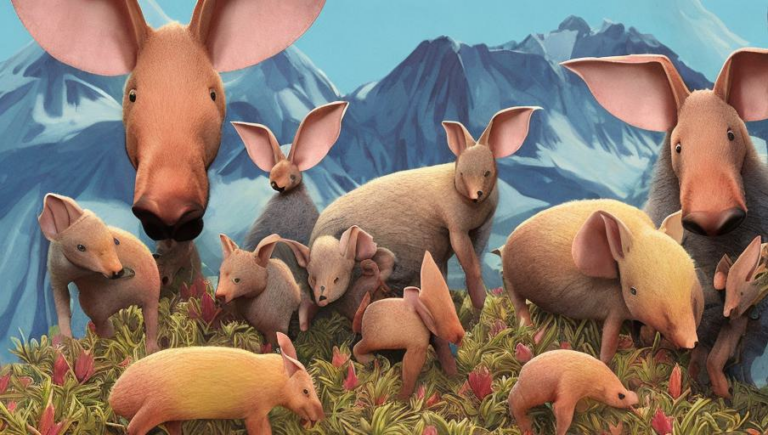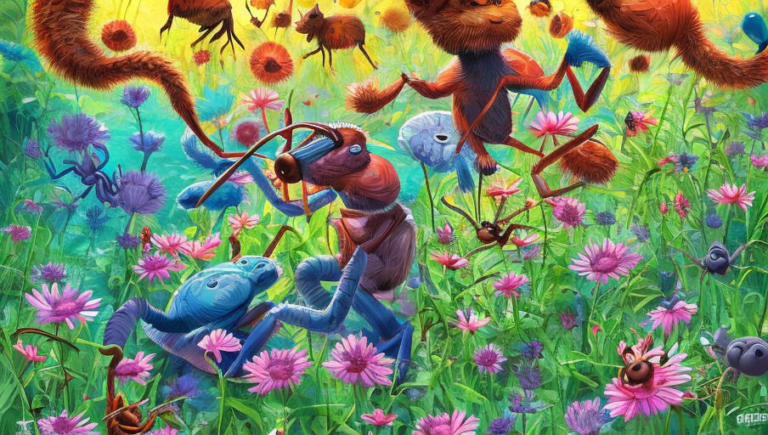Understanding Crocodiles
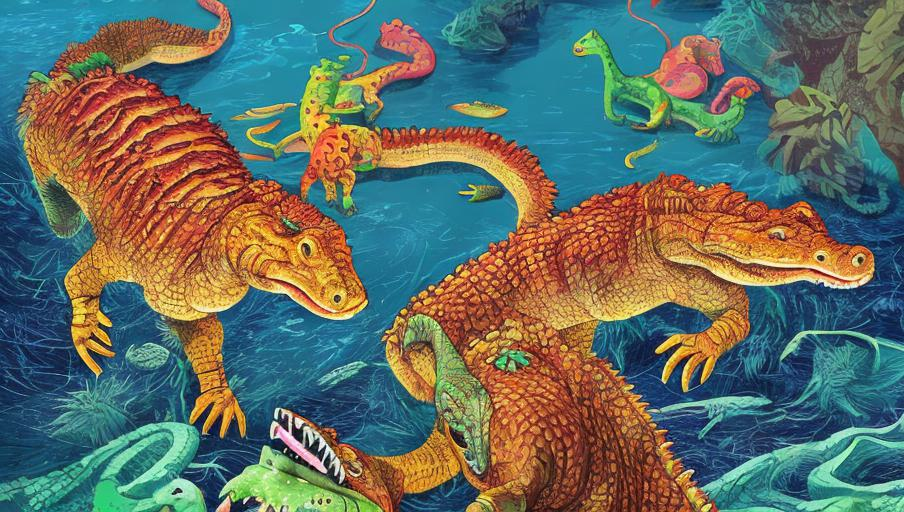
Introduction
Crocodiles are one of the world’s most fascinating creatures. With their scaly skin, powerful jaws, and ancient lineage, crocodiles have been around for millions of years and continue to captivate people around the world. But, how much do we really know about these mysterious creatures? In this article, we will explore the anatomy, habitats, and behavior of crocodiles in order to better understand them.
Anatomy
Crocodiles have a long, streamlined body with a distinctive set of four webbed feet. Their skin is covered in scales, and they can range in size from the dwarf crocodile, which is less than five feet long, to the saltwater crocodile, which can reach lengths of up to 20 feet. Crocodiles also have a long, powerful tail that helps propel them through the water. Their heads are triangular and their eyes and nostrils are located on the top of their head, allowing them to remain almost completely submerged while keeping a watchful eye out for prey.
Habitats
Crocodiles can be found in a variety of habitats around the world. They prefer to live in tropical and subtropical climates, near rivers, lakes, and wetlands. They are also capable of adapting to different habitats, such as swamps, mangroves, and even some coastal areas. In some parts of the world, they can also be found in urban areas, such as city parks and even swimming pools.
Diet and Behavior
Crocodiles have a varied diet that includes fish, birds, small mammals, and sometimes even other crocodiles. They are ambush predators and rely on their powerful jaws and sharp teeth to capture their prey. They are also capable of climbing trees and can stay underwater for long periods of time while they wait for their prey to pass by. In addition to hunting, crocodiles are also known to engage in social behaviors, such as playing and even courting.
Conservation
Crocodiles are threatened by a variety of human activities, including habitat destruction, hunting, and pollution. As a result, many species of crocodiles are listed as endangered or vulnerable by the International Union for Conservation of Nature. Conservation efforts are underway to protect their habitats and ensure their survival. These efforts include habitat restoration, captive breeding programs, and education programs that help people learn more about crocodiles and the importance of protecting them.
Conclusion
Crocodiles are one of the most fascinating creatures on the planet. With their scaly skin, powerful jaws, and ancient lineage, they are truly remarkable creatures. Through this article, we have gained a better understanding of their anatomy, habitats, diet, and behavior. We have also seen how important conservation efforts are in order to ensure their survival. Crocodiles may be a symbol of power and ferocity, but they are also an invaluable part of the world’s ecosystems and must be protected for future generations.
